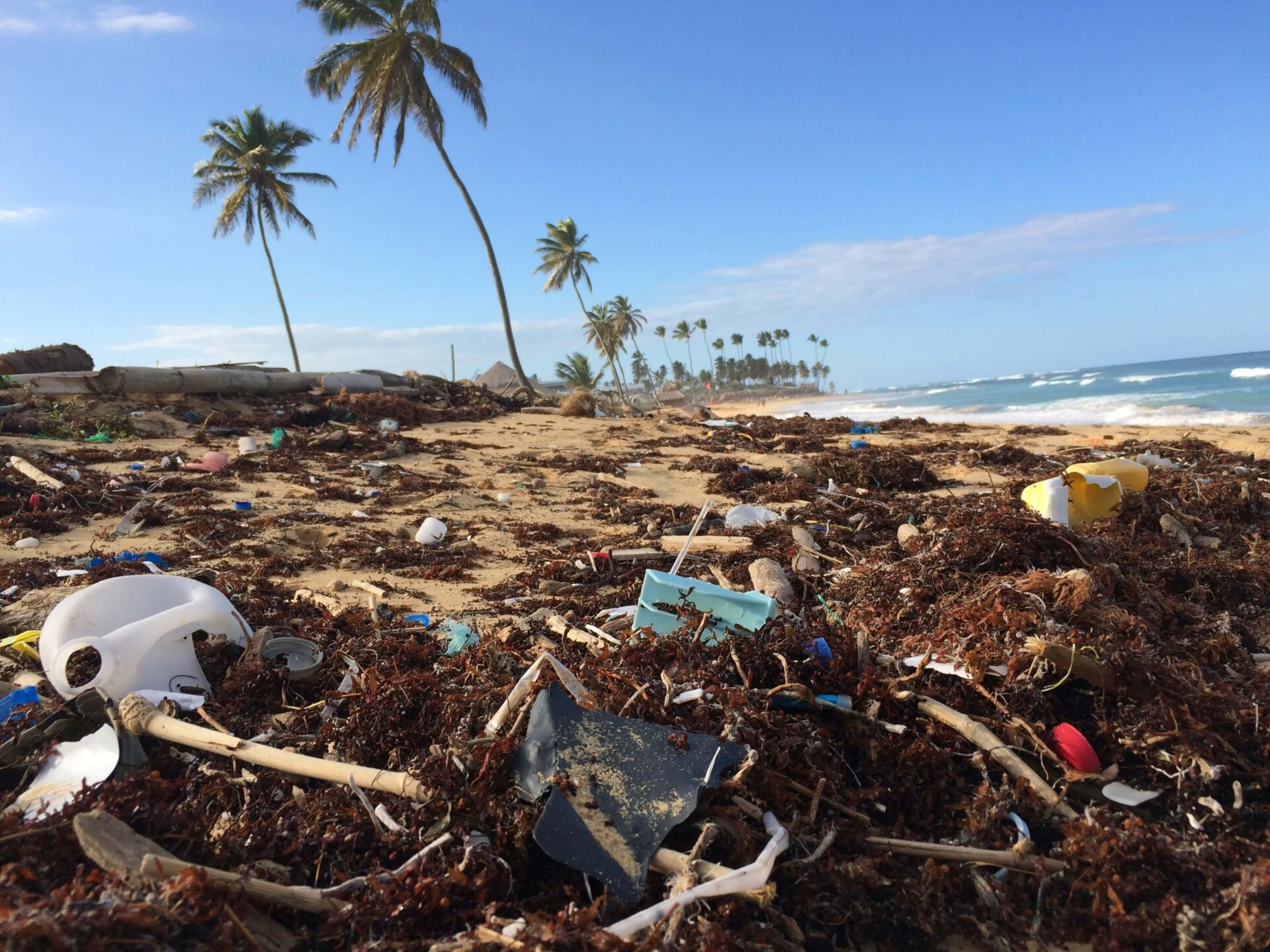
The 20 Main Causes of Land Pollution
We are reader-supported. When you buy through links on our site, we may earn affiliate commission.
Land pollution causes are expansive and ever-expanding. As humans invent new materials, discover new elements, or create new business practices, the variety of causes of land pollution only grows. These are the most significant across the world.
1. Agricultural Practices
While many have moved to organic farming, pesticides, herbicides, and chemical fertilizers are still disrupting soils to the point of being sapped of nutrients. The soil density becomes thin and is unable to retain water.
2. Oil Spills
Everyone has seen a news headline in their life about an unintentional release of oil into waterways. Pipelines also burst, releasing petroleum products into soils. The water transports the contaminants to the far reaches of the world, while the pipes keep polluting the ground between coastlines.
3. Sewage Sludge
Similar to oil spills, there is ancient, outdated, and uncared for infrastructure all over the world that is responsible for holding and transporting sewage sludge to safe spaces or water treatment facilities. Sometimes, this fails. Other times, sewage companies illegally dispose of this sludge to perpetuate the land pollution problem.
4. Industrial Waste
Industrial and manufacturing waste is on the rise as consumer demands require more products than ever before. These organizations make essential goods, but some of the by-products, chemicals, and waste are carelessly thrown away. Even if they are disposed of properly, they still remain in landfills and erode the land’s quality.
5. Mining Activities
Mining is one of the most destructive practices on the planet for many reasons. It destroys habitats, displaces animals, ruins communities, and pollutes the land. Heavy metals, air pollutants seeping into the ground, and trash are only a few of the by-products of mining that make it hard for the land to stay resilient.
6. Food Waste
Food waste is a deceptive land pollutant — many people believe food is biodegradable because it is made of organic matter. However, this isn’t always the case. Food waste is complex, given how much packaging there is, how many dyes are in food colorings, and so much more. The problem is layered, which is why it causes so many methane emissions, microplastics and countless other problems in addition to the greater issue of land pollution.
7. Deforestation
Trees, especially old-growth species, are critical for land health. They have a synergetic relationship with the species and elements in the soil, nourishing them to health. Pulling and cutting trees prevent this process from happening. This is also in addition to all the pollutants caused by heavy machinery and forestry operations. The biodiversity that is driven out of these areas also cannot contribute to the land healing because the creatures have to find a new place to live.
8. Acid Rain
Acidic properties enter the rain and cause damage to soil and plantlife. You may not feel the acid rain on your skin, but it is enough to disrupt the delicate ecosystems found inside the soil. The rain cycle is something that shouldn’t be messed with, but unfortunately, there is so much being pulled into it from industrial processes and anthropogenic climate change that it increases acidity.
9. Urban Sprawl
While rural locations are still prevalent, urban regions are becoming larger and taking over. The construction and habitat destruction are only a few factors taking away from land health. Additionally, construction and demolition waste are plagues across the planet that need to be remedied.
10. Construction
Speaking of construction, rural and urban construction are both guilty of damaging the land. It spreads dust, pollutants, chemicals and more from work zones into areas far outside those perimeters.
11. Plastic Waste
Everyone is aware of the island-sized plastic clump floating in the ocean. While this is a more visible portrayal of the plastic pollution problem, there are countless plastic pieces ruining land quality too. Some are invisible to the naked eye — microplastics are a growing concern for all species, with many places advocating for public health initiatives alongside environmental remediation.
12. Landfill Leachate
As trash attempts to decompose in landfills, the materials mix with the soil. It continually spreads, adding everything from perfumes to precious metals deep into the land.
13. Careless Waste Disposal
As alluded to previously, consumers and organizations alike — though corporations are far more guilty than buyers — throw away everything without thinking about the consequences. Throwing trash outside of a car window while driving or disposing of hundreds of pounds of industrial batteries are different in severity, but the root problem is still the same — not thinking about what you throw away is harming the planet.
14. Livestock Farming
Ranchers need to let their herds graze, but land pollution exacerbates because some workers let their livestock overgraze. This leaves the land susceptible to even more pollutants because soil quality is less robust.
15. Electronic Waste
Heavy metal contamination, electrical wires and lubricants are aplenty. There are more tech items than humanity knows what to do with, and with planned obsolescence encouraging higher volumes of production, there is no end in sight to the e-waste epidemic.
16. Nuclear Activity
Nuclear waste dumping has been the subject of many post-apocalyptic films because it is an unfortunate reality. It does irreparable damage to the land in the worst-case scenario. Nuclear site remediation experts are fully aware, if the site is recoverable from the radioactive damage, it could take decades.
17. Lack of Environmental Policy
If legislation were more comprehensive, then neglecting pollution control would not be as rampant as it is today. Unfortunately, this requires global collaboration, which is time-consuming and challenging to manage in a politically tense climate.
18. Textiles
The fashion industry and textile farming are some of the most resource-consuming industries on the planet. The synthetic materials and dyes that the sector uses to make fast fashion products are an unnecessarily pervasive polluting factor.
19. Military
Military activity ranges in how it pollutes the land. Sometimes, it is nuclear weaponry, while other times, it is excessive use of heavy machinery.
20. Vehicle Emissions
Internal combustion engines are slowly being replaced by electric vehicles and hybrids for a good reason. Tailpipe emissions are one of the most prominent yet avoidable causes of land degradation, because the pollutants fall into the soil and water without being seen.
The Most Detrimental Causes of Land Pollution
The causes of land pollution are vast, with some more prominent than others. However, all are equally important to focus on when building a sustainable, eco-conscious future.
Share on
Like what you read? Join other Environment.co readers!
Get the latest updates on our planet by subscribing to the Environment.co newsletter!
About the author

Jane Marsh
Starting from an early age, Jane Marsh loved all animals and became a budding environmentalist. Now, Jane works as the Editor-in-Chief of Environment.co where she covers topics related to climate policy, renewable energy, the food industry, and more.





